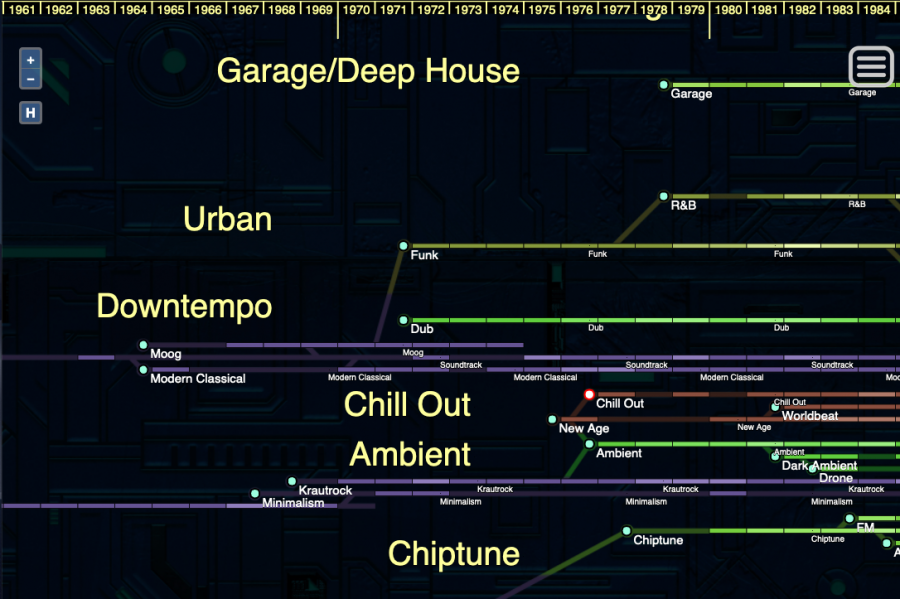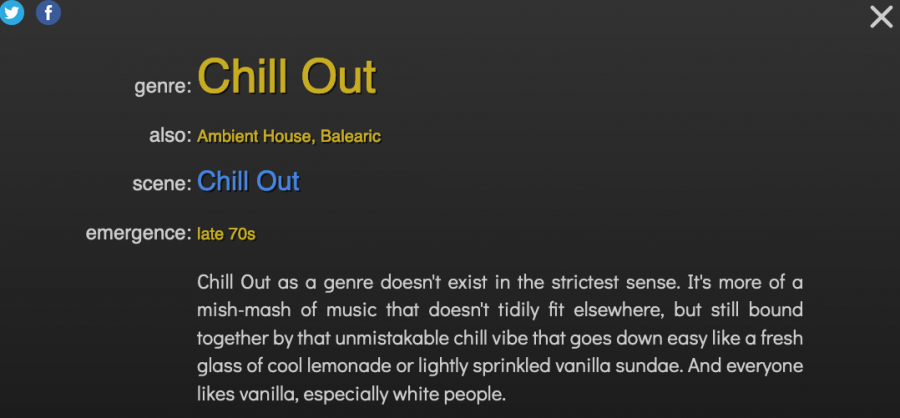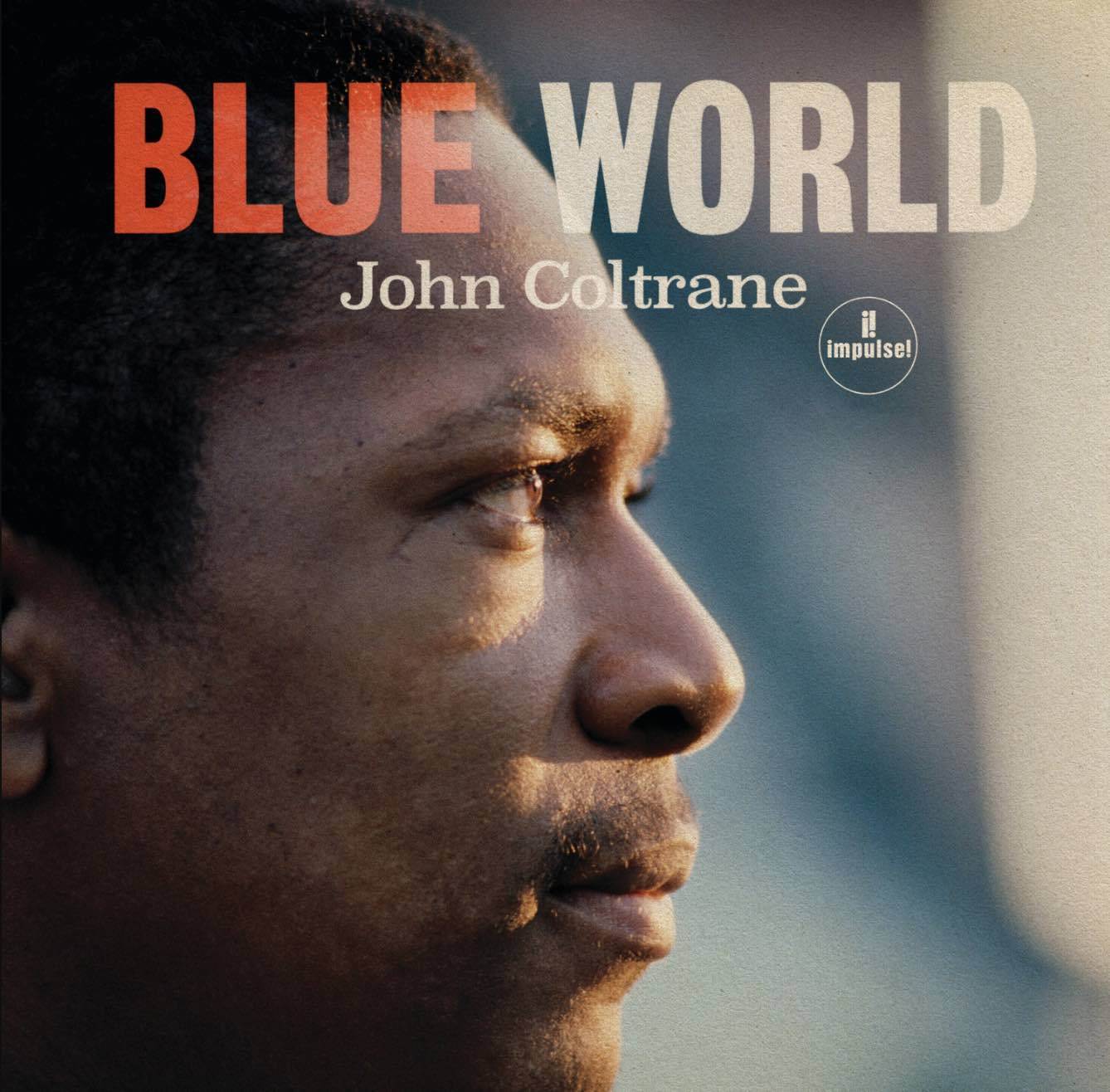In terms of brand recognition, one has to admit it is remarkable that the name Zildjian—stamped on millions of cymbals worldwide—has such wide cultural currency. The product this company makes is not one most people get very close to outside of a drum kit in a grade school music room. You never see Zildjian advertisements, unless you are a musician, and you won’t encounter a Zildjian cymbal at your local all-in-one big box store. Yet Zildjian cymbals might even be more famous than iconic brands of electric guitars like Fender and Gibson or amps like Marshall and Vox.
Why is that? It’s easy, the company was founded 400 years ago in Constantinople and has remained in the Zildjian family since an alchemist named Avedis was given the surname by Sultan Osman II in the early 17th century. In all that time, Mozart praised Zildjians (then just called “Turkish cymbals”), they appeared at London’s Great Exhibition, and they have been essential to the kits of jazz and rock drummers for as long as both genres have existed. It will never be possible to buy this kind of publicity.
How has Zildjian, who incorporated in the U.S. in 1929, stayed in business so long and continued to maintain such a reputation for quality? It’s all down, they say, to a secret recipe, passed down from generation to generation, descended from Avedis himself, whose name graces the Avedis Varteresian Melting Room, where Zildjian castings are made. You can watch what happens to those castings in the fascinating 10-minute video above. “Only 4 factory employees and the owners of the company are allowed inside” the Melting Room, notes the video’s YouTube page, “due to their knowledge of the ‘Zildjian Secret.’”
We do not learn the secret recipe, nor do we learn how a trade secret can be kept for 400 years, but we do see Zildjians heated, rolled out, shaped, cut, hammered, lathed, finished, and, finally, “stamped with the Zildjian Logo as well as the model/size of the cymbal.” It’s generally pretty cool to watch unremarkable, everyday products go through the many stages of a factory production process. Watching the Zildjian process adds a layer of historical legend and intrigue, and the allure of seeing raw materials transformed into objects of visual and aural beauty.
See Zildjian’s YouTube page for a timestamped commentary on each step in the production.
Related Content:
How Zildjian Cymbals Were Created by an Alchemist in the Ottoman Empire, Circa 1618
Visit an Online Collection of 61,761 Musical Instruments from Across the World
The Neuroscience of Drumming: Researchers Discover the Secrets of Drumming & The Human Brain
Josh Jones is a writer and musician based in Durham, NC. Follow him at @jdmagness.






